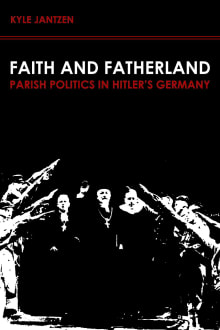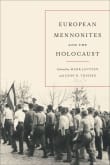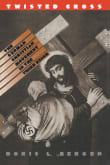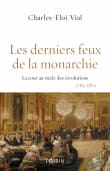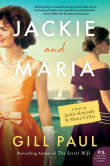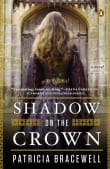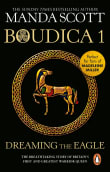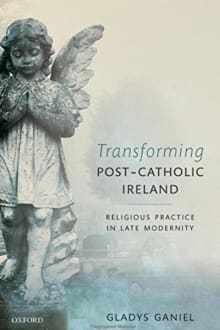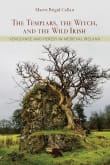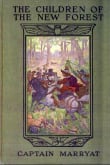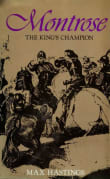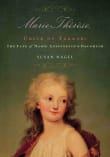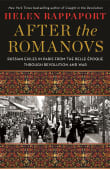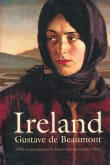
From my list on German Protestantism in Hitler’s Germany.
Why are we passionate about this?
Kevin P. Spicer is a historian of twentieth-century Germany who investigates the relationship between church and state from 1918-1945. I'm fascinated by the choices of Christian leaders as they negotiated the challenges of living and leading under National Socialism. I seek to understand the connections between Christian antisemitism and National Socialist’s racial-based exclusionary ethnonationalism and antisemitism. Rebecca Carter-Chand is a historian of twentieth-century Germany who focuses on Christianity during the Nazi period. I'm particularly interested in the smaller Christian churches on the margins of the German religious landscape, many of which maintained ties with their co-religionists abroad. I seek to understand how religious communities navigate ethical and practical challenges of political upheaval and fascism.
Kevin's book list on German Protestantism in Hitler’s Germany

Why did Kevin love this book?
Jantzen has produced a thoroughly engaging study of the German Lutheran pastors under National Socialism. By contrast to the traditional “top down” institutional narratives on the Kirchenkampf (German Church Struggle), Jantzen has produced a “bottom up” work that focuses on the choices made by ordinary parish pastors under Hitler’s rule. As his point of departure, he examines Lutheran pastors working in three Church districts: Nauen, located northwest of Berlin in Brandenburg; Pirna, in southeast of Dresden in Saxony; and Ravensburg, in southern Württemberg. Throughout his work, Jantzen convincingly compares the response of the clergy in these diverse geographic areas. Though there were notable exceptions among these pastors, Jantzen concludes that Protestant clergy “largely failed to resist or even critique the Nazi state.”
1 author picked Faith and Fatherland as one of their favorite books, and they share why you should read it.
An informative glimpse into the world of German Protestantsin the difficult Hitler era, Faith and Fatherland approaches thehistory of the Church Struggle from the "bottom up," usingsources like pastors' correspondence, parish newsletters, localnewspaper accounts, district superintendents' reports, andlocal church statistics.
While Jantzen confirms the general understanding thatGerman Protestants failed to resist or even critique the Naziregime, he reveals a surprising diversity of opinion and varietyof action, including the successful efforts of some Lutheranpastors and parishioners to resist the nazification of theirchurches.





